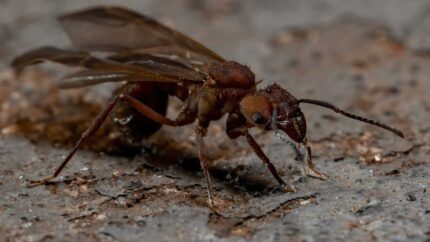
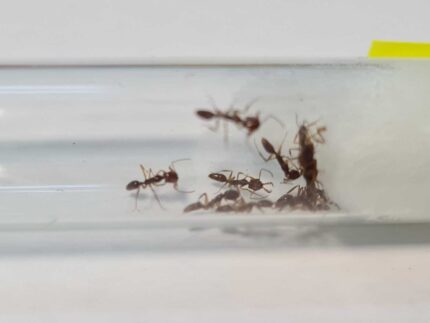
Anochetus graeffei
$90.62 – $140.06Price range: $90.62 through $140.06
Worldwide shipping
Free delivery over 999 PLN
The highest quality of goods
Live delivery guarantee
24/7 Personal Support
Fair Prices
Description
Anochetus graeffei is a monogynous ant species with a colony size of up to 600 workers. They have a medium development rate and are orange-brown in color. They feed on live food insects, such as cockroaches and crickets, as well as sweet fruit. They prefer an arena humidity of 50-70% and nests with humidity levels of 70-90%. The optimal arena temperature for them is between 24-30°C.
Additional information
| Behavior | |
|---|---|
| Difficulty in breeding | |
| Origin | |
| The size of ants | |
| Wintering |
Anochetus graeffei: The Trap-Jaw Ant
- Colony Type: Monogyny
- Colony Size: Up to about 600 workers
- Development Rate: Slow
Size
- Queen: 6-7 mm
- Workers: 5-6 mm
Nutrition
When it comes to the Anochetus graeffei’s diet, they thrive on a combination of live food insects, such as cockroaches and crickets, as well as sweet fruits. Offering a varied diet to your colony ensures their optimal health and well-being, allowing you to observe their foraging behaviors as they hunt down their prey.
Humidity and Temperature
- Humidity: Arena: 50-70%, Nest: 70-90%
- Temperature: Arena: 24-30 °C, Nest: 22-27 °C
Features of the Species: Trap-Jaw Mechanism
One of the most fascinating aspects of the Anochetus graeffei is its trap-jaw mechanism. This unique adaptation allows them to snap their mandibles shut at incredible speeds to capture prey or defend the colony. Observing their lightning-fast jaw movements provides an exciting spectacle, making the Anochetus graeffei a captivating addition to any ant farm.
Recommended Nests for Breeding
- Acrylic nests
- Gypsum
- Soil
- Ytong


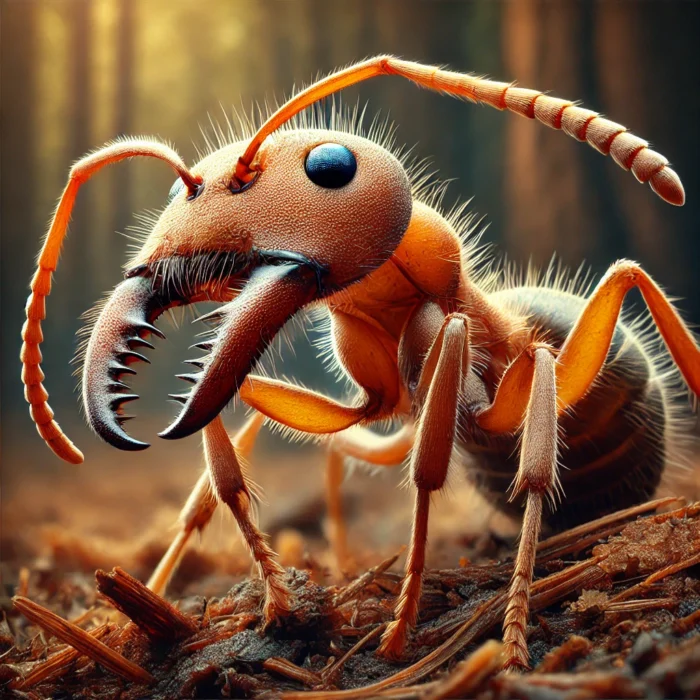
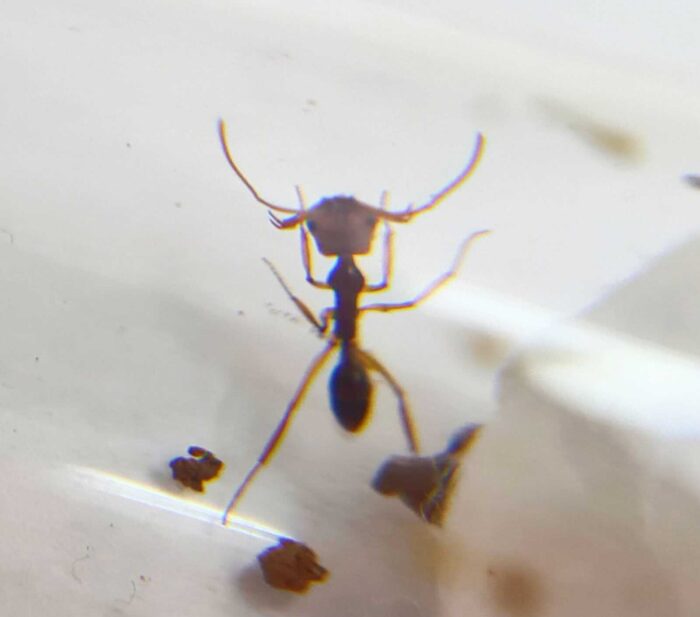
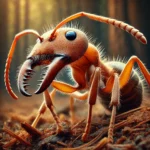
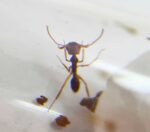
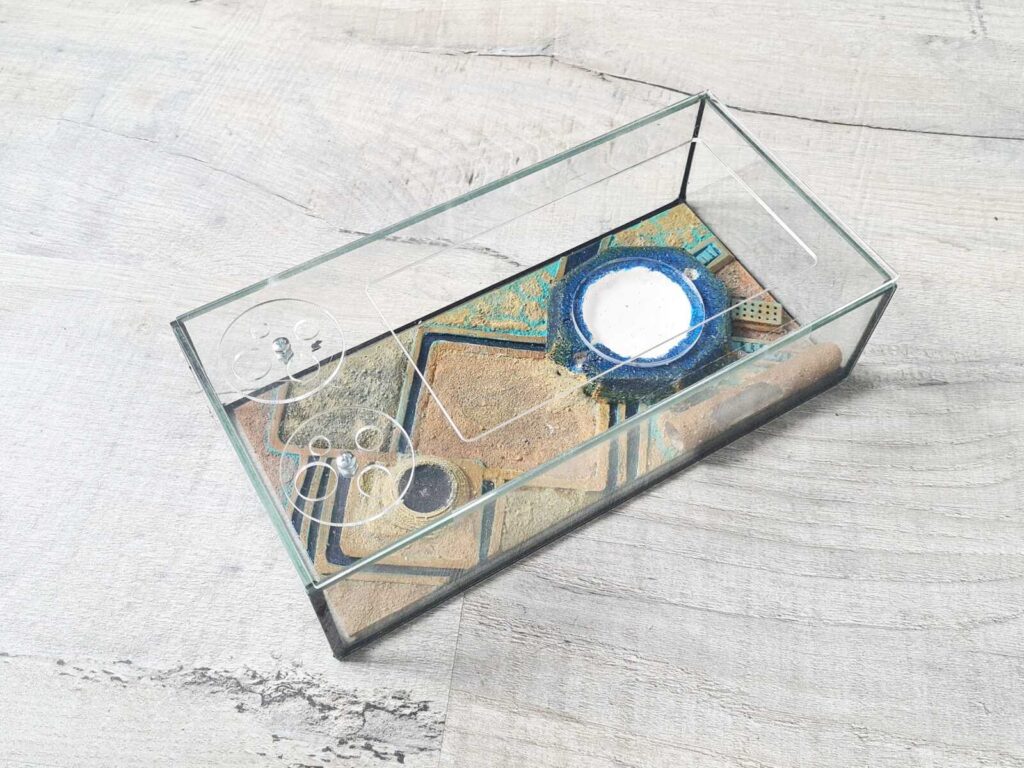

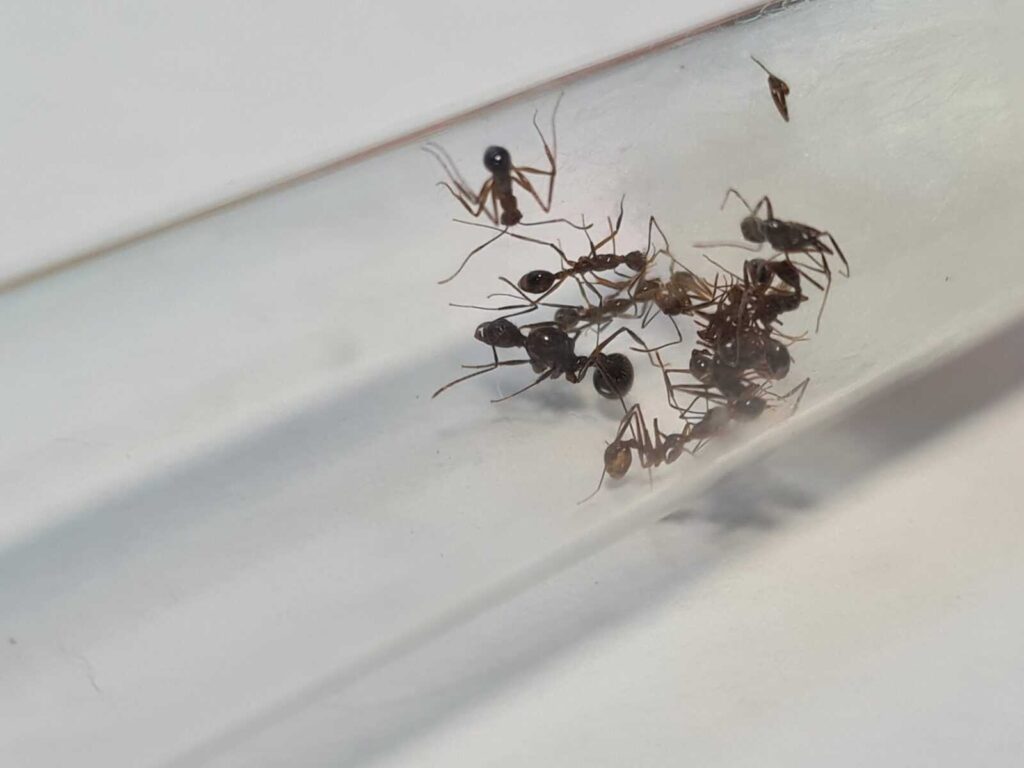
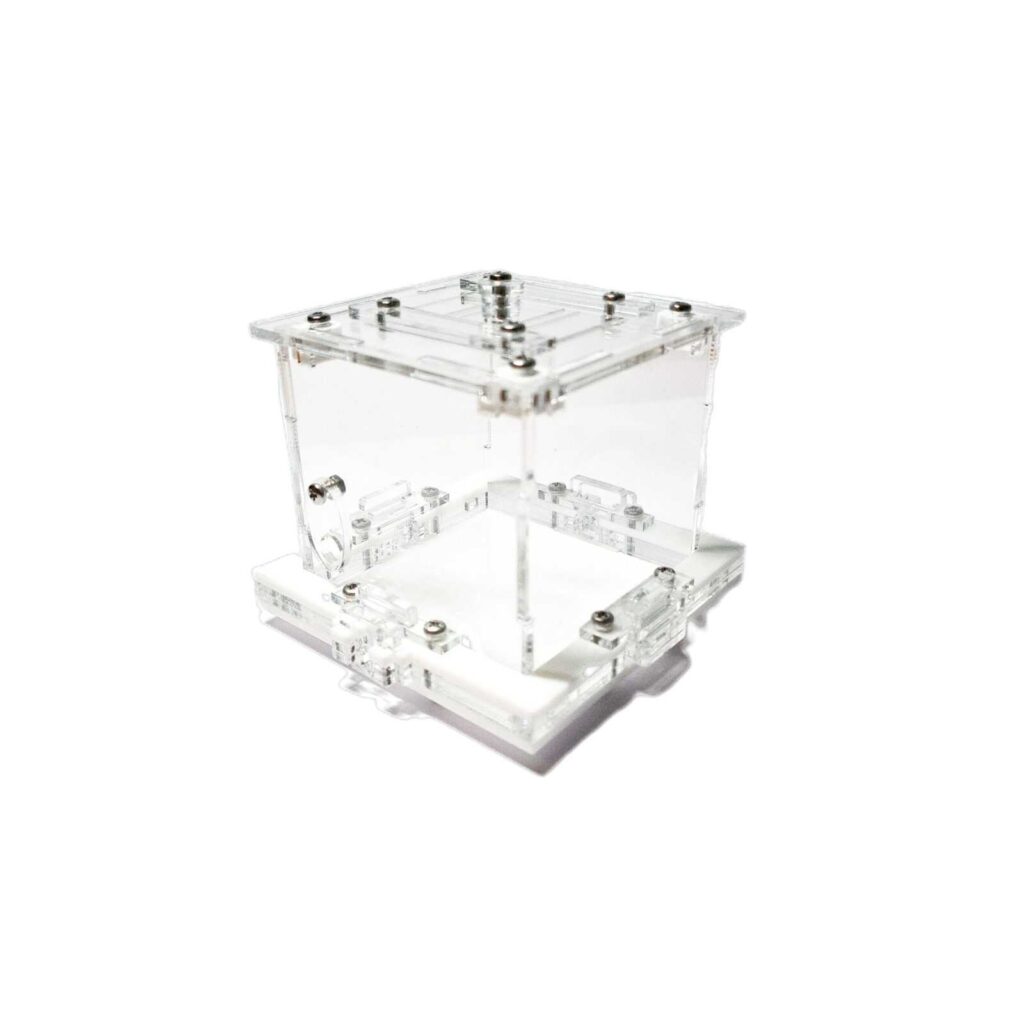



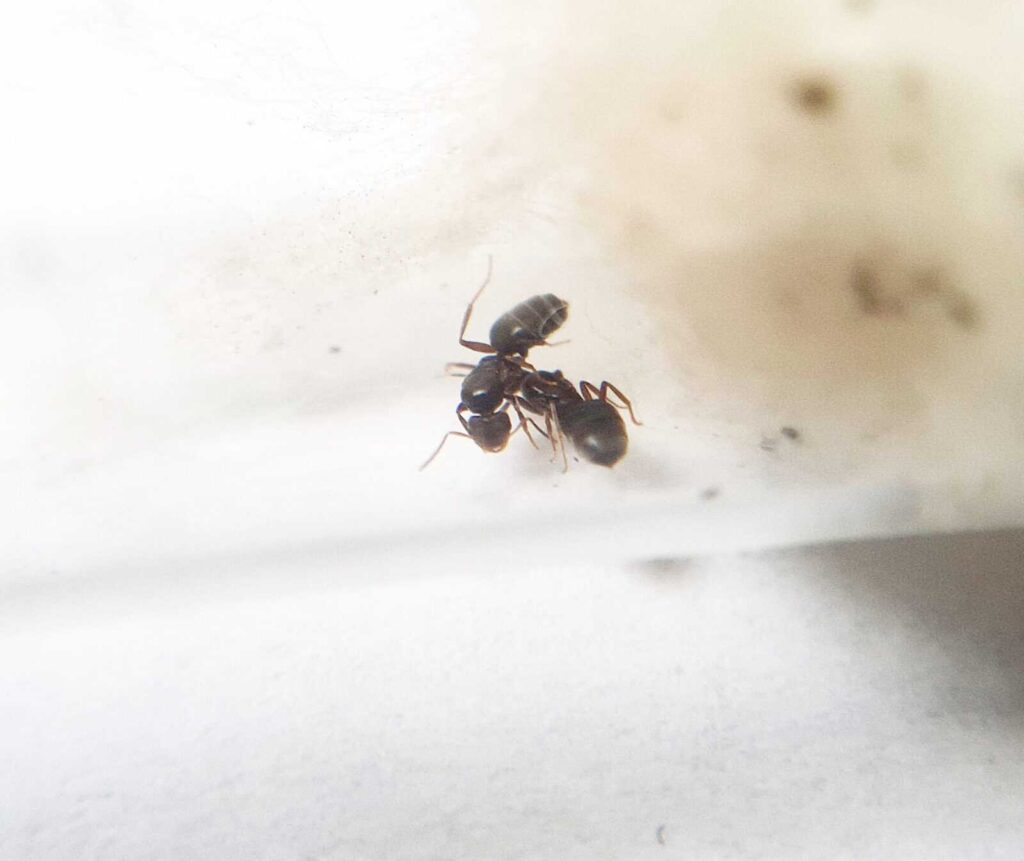

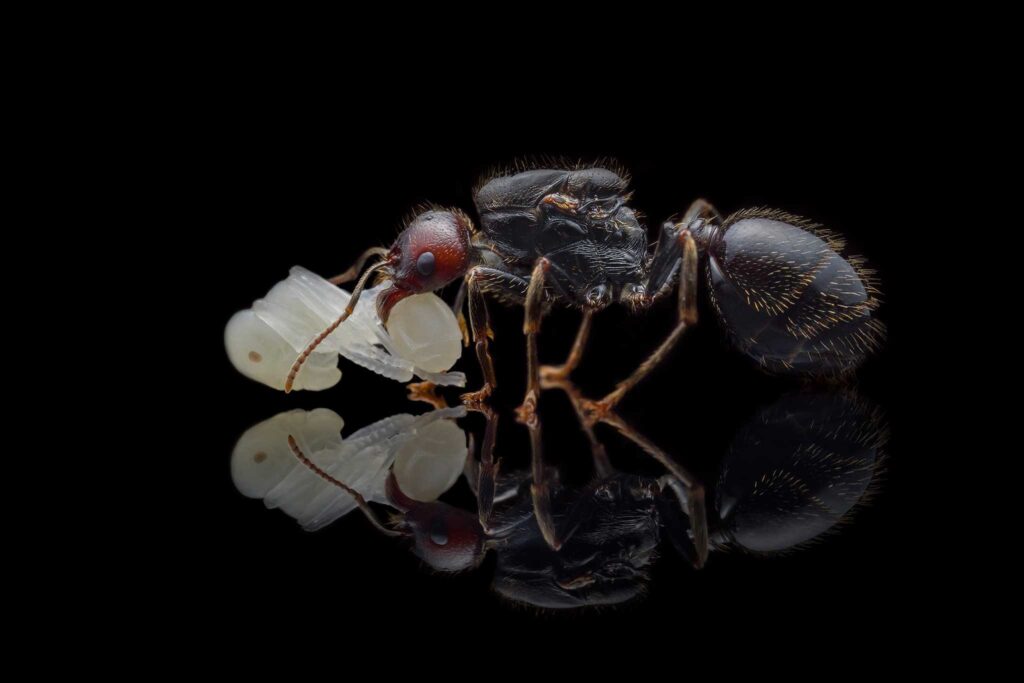
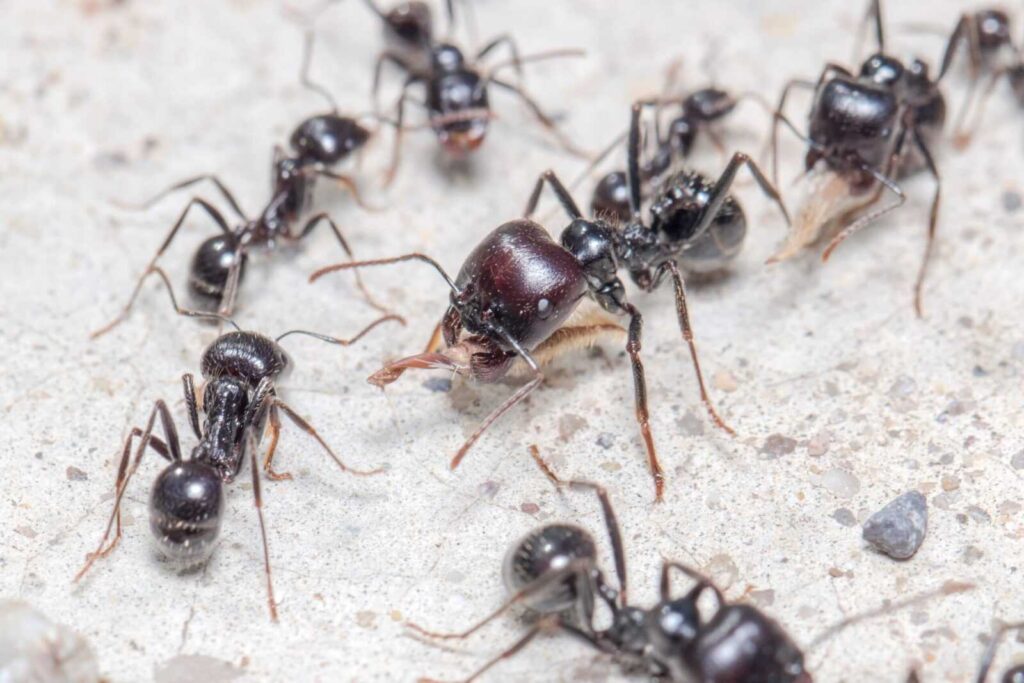





Reviews
Clear filtersThere are no reviews yet.